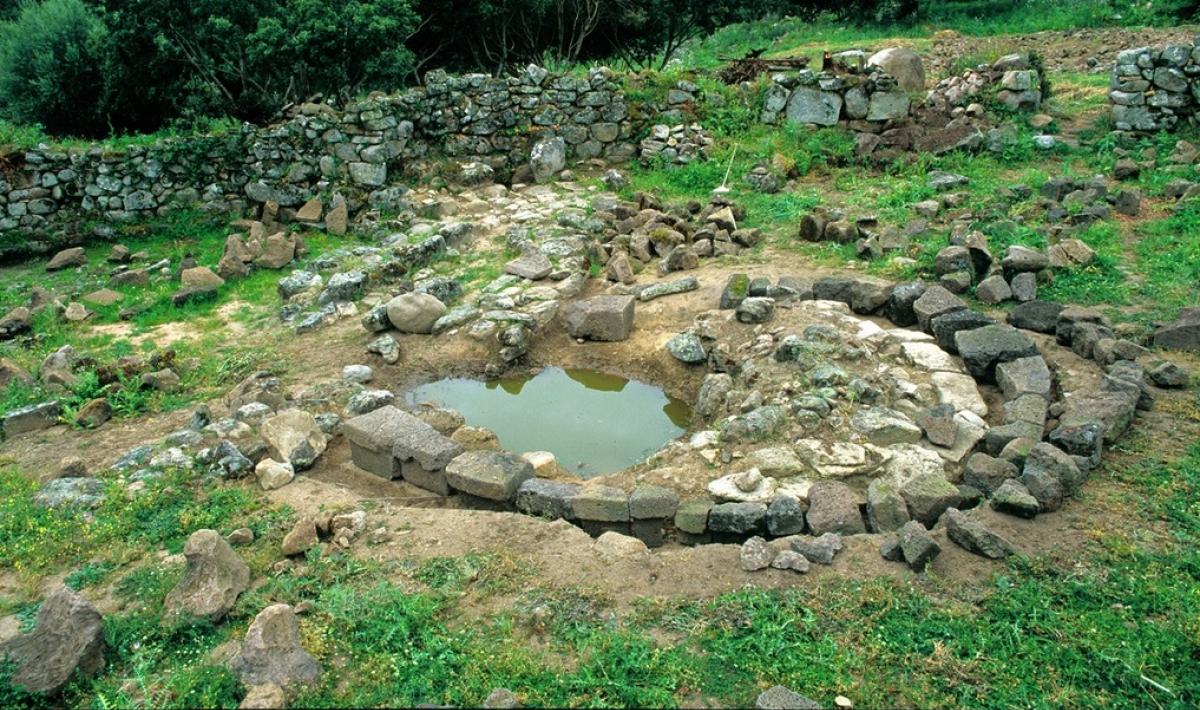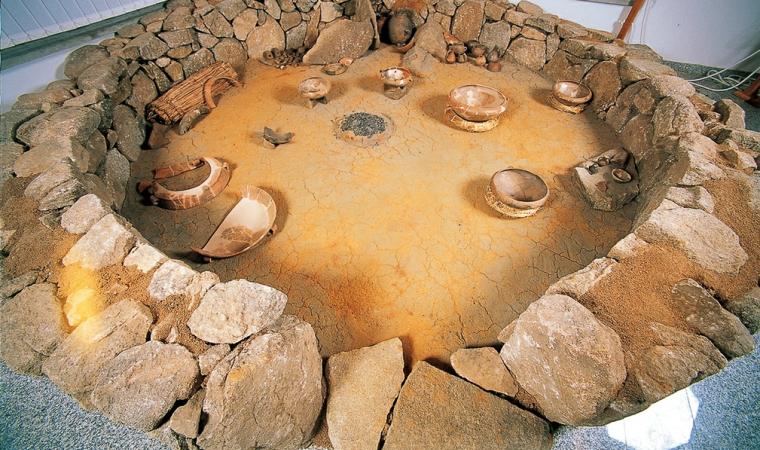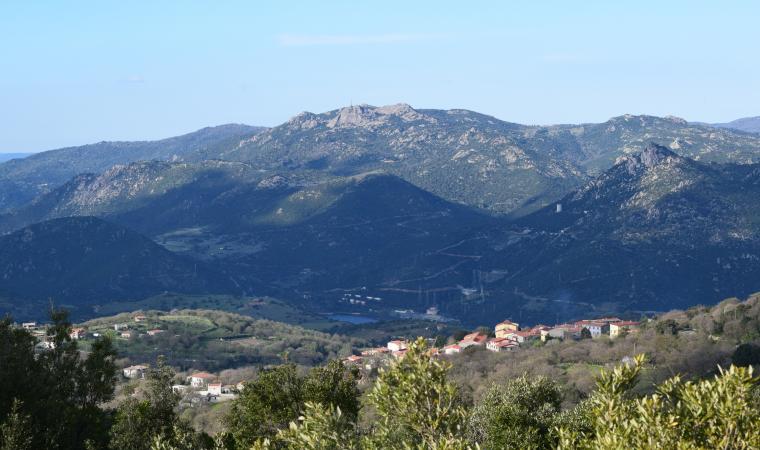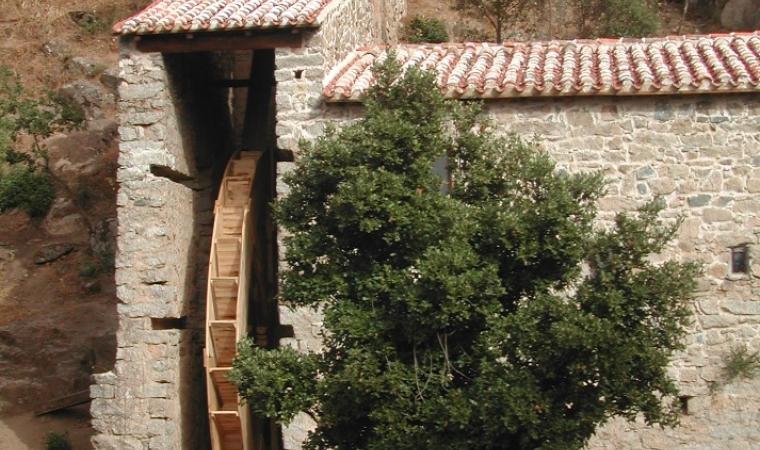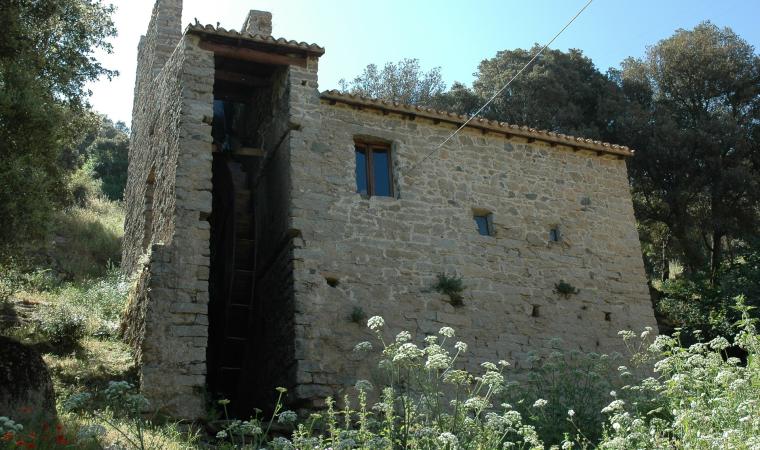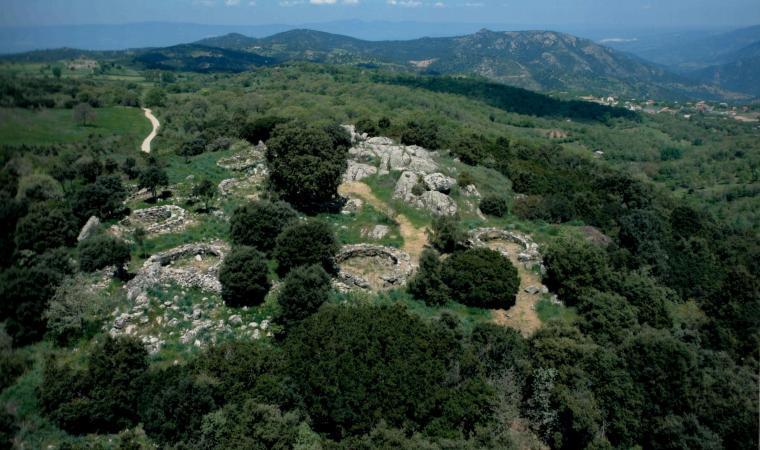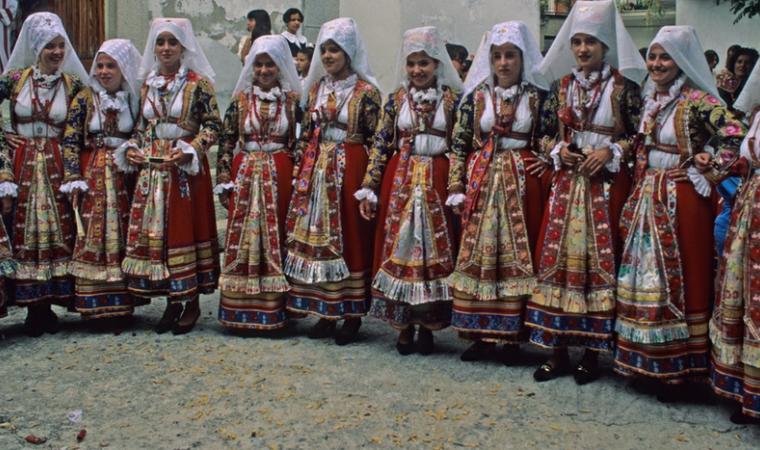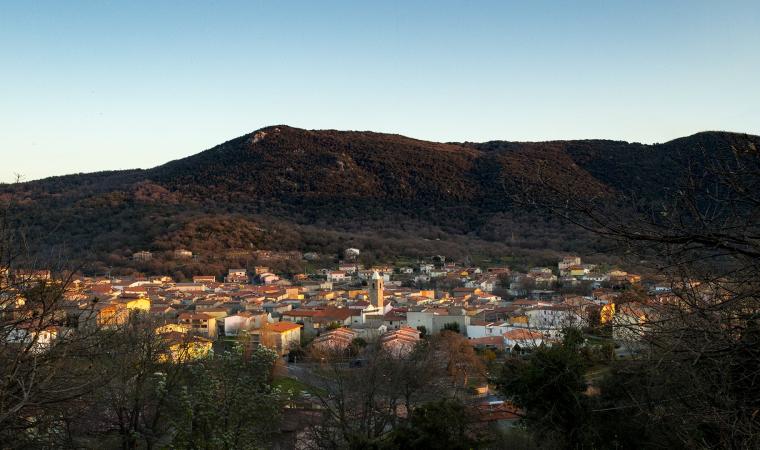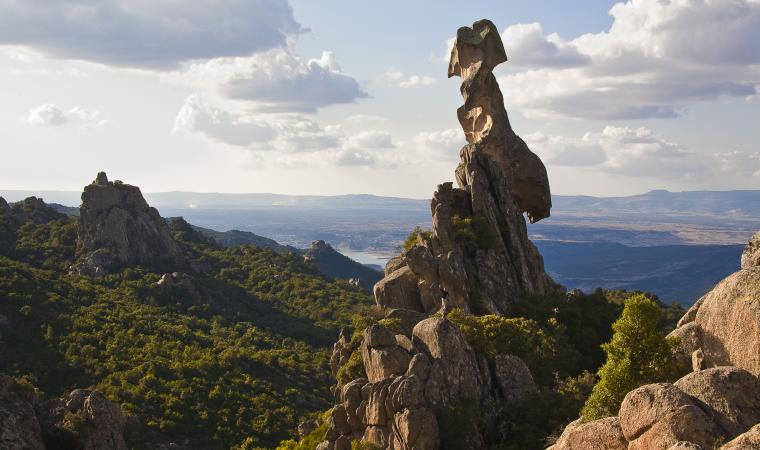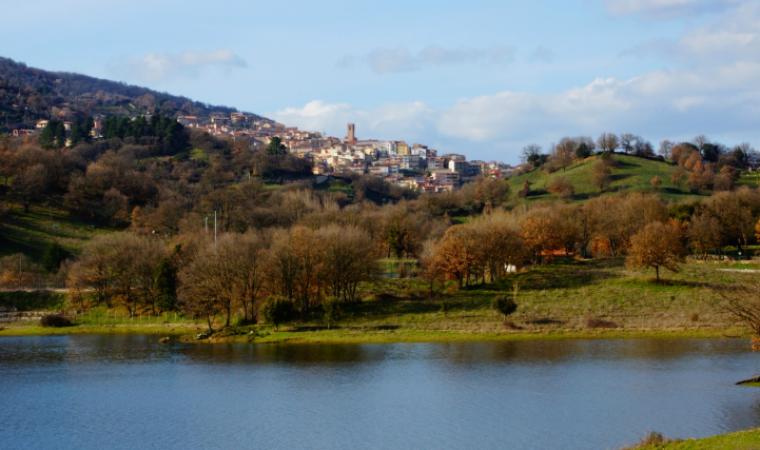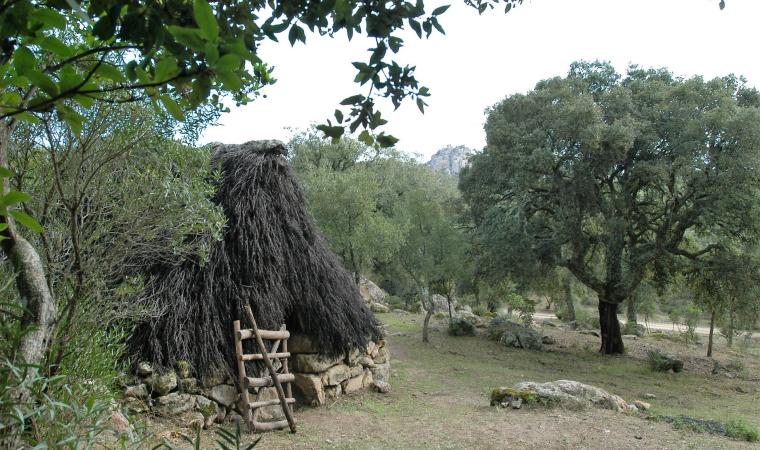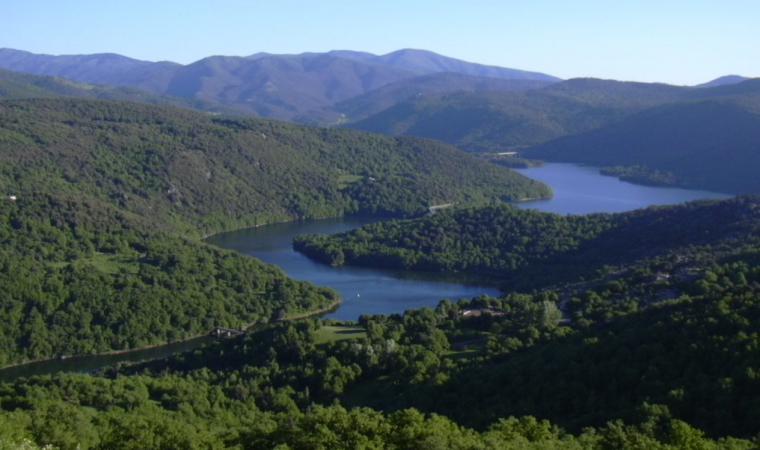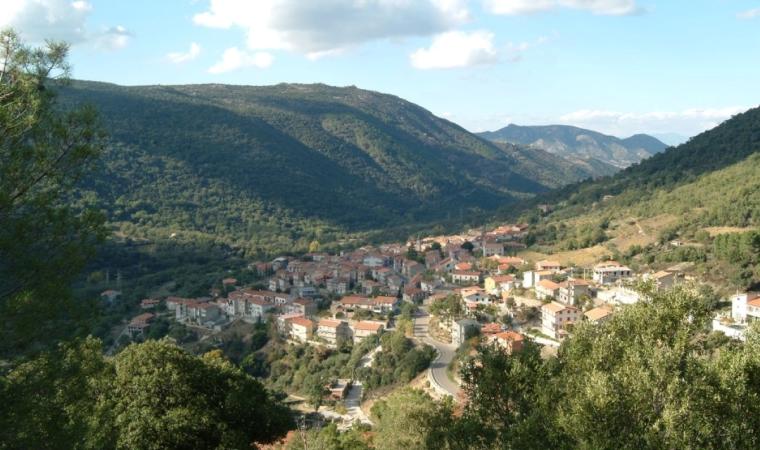It was one of the most important and prestigious sanctuaries for the tribes of the Recent and Final Bronze Age (12th-9th century BC), who gathered here to celebrate the rituals of the cult of the waters. The sanctuary-village of Abini has characteristics that make it fascinating, mysterious and fundamental in trying to understand the religiosity of the ancient Nuragic peoples. It is located in a valley ten kilometres from Teti, a picturesque village in Barbagia Mandrolisai, a short distance from the banks of the Taloro river and along the transhumance routes towards the plains of Ottana and Campidano. The absence of defensive buildings, the abundance of water and exploitable resources and the position on a connecting road suggest that the sanctuary was a peaceful place of holiness and devotion for numerous proto-Sardinian tribes, as is evident in the considerable size of the site and the enormous quantity and quality of precious votive objects found during the excavations.
It was a group of shepherds and local farmers who began to research the current archaeological area around 1865. According to legend, they were persuaded by a village boy, who had had aa premonitory dream. The first finds - especially small bronze statues - were purchased by private individuals and subsequently donated to the Cagliari museum, while the ‘official’ excavations began at the end of the century. The site includes a village with numerous huts and a sacred well protected by a temenos fence. The huts were mainly circular and in some of them you will notice a counter-seat along the internal perimeter and niches created in the thickness of the walls. Others contained copper slag, so they probably served as artisan workshops. There is no longer a vestibule or access stairway to the well; it originally had a tholos roof and contained a spring. You will be impressed by the size of the enclosure: oval in shape, its main axis measures about thirty metres and the smaller one measures about 18. The internal space is divided into two sectors by a wall running crosswise: the first room, to the east, is smaller and has large granite paving stones and a counter-seat made from the same material. You will notice the traces of two entrances leading towards the spring and the opposite side of the enclosure. The second sector measures twice the length of the first, has an opening to the outside and seems to be an extension of the sacred area, probably due to the growing influx of worshippers. The quantity of artefacts found in the temple makes it possible to consider the site one of the most generous in all of Nuragic Sardinia: dozens of anthropomorphic objects, votive daggers, boats and ingots still to be melted down represent the legacy uncovered during the excavations. A single storeroom, unearthed in 1878, contained more than one hundred kilos of small bronze statues.
Probably the most famous of the statuettes found inside the sanctuary is that of the ‘hero-demon’: a warrior in armour, with shields and estocs, with four eyes, four arms and long horns, currently kept at the archaeological museum of Cagliari.
The sanctuary of Abini is one of the two great Nuragic legacies of Teti, a village surrounded by greenery and rich in traditions. The other is the complex of s’Urbale, a village of 50 huts with nuraghe and Tomb of Giants, which bear witness to life in the Final Bronze Age.

